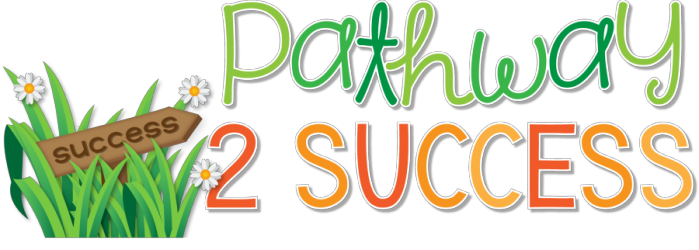Homework can be a big source of frustration for kids and parents at home. Even more, it can be a challenge that carries over from home to school when the child doesn’t complete the work and is behind in class. If your child is struggling with homework, read through these strategies and give some a […]
12+ Social Emotional Skills that Board Games Build
Games are one of the most engaging and meaningful ways to practice social-emotional skills with children and young adults. While there are many fancy online games and activities, sometimes you can’t beat an old board game. Board games are simple, predictable, and easy to pull out whenever you have some extra time during class. In […]
50+ Ways to Build Relationships with Kids & Teens
Why Relationships Matter The single most foundational element of social emotional learning is having strong relationships. In fact, relationships are the basis to all learning. Positive relationships help learners feel safe, respected, and connected. Further, by understanding learners at a deeper level, teachers can help students recognize strengths, work through challenges, identify goals, help through […]
8 Mindful Brain Breaks with a Nature Theme
Everyone needs a break in their day. This is true whether students are learning in the classroom (in person) or taking part in a virtual classroom and learning from a distance. Brain breaks are a healthy strategy to help kids and teens clear their minds, refocus, and start fresh. As a bonus, mindful brain breaks […]
10+ Phrases to Avoid Saying to Learners with Executive Functioning Challenges
Kids and teens who struggle with executive functioning challenges go through a lot every day. From trying to focus in class, remembering to turn homework in, and working through daily challenges that pop up, it can be stressful. Executive functioning challenges are real. What are executive functioning challenges? Executive functioning skills are the life skills […]
SEL Lessons and Activities for the Virtual Classroom
Social emotional learning is playing a huge role this school year. Of course, SEL is important all of the time, but right now kids and young adults are in special need of support. In order for kids and teens to succeed academically, they also need skills for understanding emotions, problem-solving, conflict resolution, and persevering through […]
12 Reasons Why Every Class Needs Morning Meeting
Morning meeting is a daily time to meet with students and help frame the day for success. Sometimes it might be called a daily check-in or morning circle. Whatever you call it, the idea is pretty simple. Educators sit with their students, greet each other by name, talk about topics that matter, and give everyone […]
18 Mindfulness Activities for Outdoors
Mindfulness is a critical self-regulation strategy for people of all ages. It can help us feel calm, focused, and in control. Learning to be mindful doesn’t have to be confined to the four walls of a building or classroom. In fact, there are numerous opportunities to practice mindful activities outside. Here are a few outdoor […]
9 Books to Highlight Kids with Disabilities
It is so important to read and discuss books that highlight students with disabilities. Not only does it help students become more knowledgeable and understanding about specific needs and challenges, but it also helps kids to become more inclusive, too. All students can relate to these books in some way, supporting the overarching idea that […]
Virtual Calm Down Activities
All kids and needs need positive activities to help calm the body and mind. Use these resources to help create a virtual calm down room or just to add to the self-regulation strategies you are already using. Calming Website Activities & Games Do Nothing for 2 Minutes Weave Silk Drawing Tangrams Word Clouds Jigsaw Puzzles […]
- 1
- 2
- 3
- …
- 11
- Next Page »













